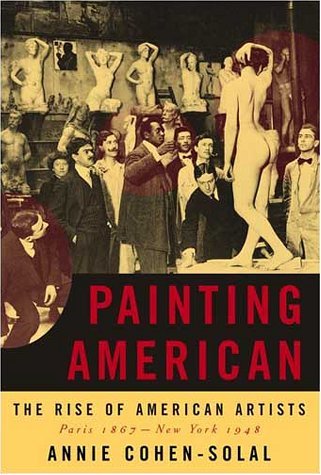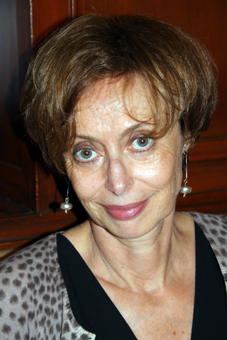
Shortly after the Civil War, a resurgent America strode brashly onto the hallowed ground of the Paris salon to present its most distinguished painters in the Exposition Universelle of 1867. Their offereings included majestic Western waterfalls, magnificent portraits, sprawling landscapes—the cream of a nation ready to assert itself culturally as it had begun to do so economically. The Americans sat back to bask in anticipated applause. But their confidence would be shattered when the luminaries of the French Academy condemned the spectacle as being unworthy of the great nation that had produced it. The rebuke provoked widespread soulsearching in Why was the land of Melville and Poe unable to produce paintings of comparable power? How was it to claim a place among nations producing art of real consequence? In this magnificent historical panorama, Annie Cohen-Solal shows how American pragmatism furnished the Learn from the best. The French were then the undisputed masters of painting, and so to France the Americans went in hordes, apprenticing themselves in the studios of reknowned masters—Gérôme, Cabanel, and others—or founding colonies such as the legendary one at Pont-Aven. From the seeds of their individual efforts would grow an extraordinary crop, one that included not only the great—Whistler, Cassatt, Sargent—but a legion of artists of all ranks who collectively pushed forward a bold new American enterprise. In two generations, Paris would be eclipsed, and the greatest French artists would begin coming to New York to be at the new center of everything. Meticulously researched and presented as a captivating story, this book tells the saga of the rise of American artists as we have never had it a surging transatlatic ebb and flow of cultural energies, driven by innumberable fascinating individuals—painters, collectors, critics, titans of industry—some of them now famous, others forgotten. Informed throughout by the author's unique perspective as a scholar, a writer, and a cultural diplomat, Painting American offers an utterly new understanding of one of the greatest changes in cultural history.
Author

Annie Cohen-Solal is an academic and writer. For ever, she has been tracking down interactions between art, literature and society with an intercultural twist. After Sartre: A Life (1987) became an international success, she became French cultural counselor in the US, where she held her position from 1989 to 1992. In New York, Cohen-Solal’s encounter with Leo Castelli led her to shift her interest to the art world. In the frame of a manyfold project which was to become a social history of the US artist, she published Painting American (2001); Leo Castelli & His Circle (2010); New York-Mid Century (2014), with Paul Goldberger and Robert Gottlieb; Mark Rothko (2013). In 2013, she became special advisor at the Ecole Normale Supérieure for the Nuit Sartre ; in 2014, general curator of Magiciens de la terre 2014 at the Centre Pompidou, publishing Magiciens de la terre : retour sur une exposition légendaire, with Jean-Hubert Martin. As a professor, she has held positions at Tisch School of the Arts (NYU), École des Hautes Études en Sciences Sociales, University of Caen, École Normale Supérieure in Paris, the Freie University of Berlin, and the Hebrew University of Jerusalem. She is working on curating exhibitions for the Rijks Museum in Amsterdam, the Musée Picasso and the Musée de l’Immigration in Paris. She will soon lead, alongside Jeremy Adelman, the “Crossing Boundaries” workshop at the CASBS (Stanford University). Born in Algiers, Annie now lives between Paris and Cortona. (Taken from the bio of her official website)